The tiger who came to Ai Weiwei
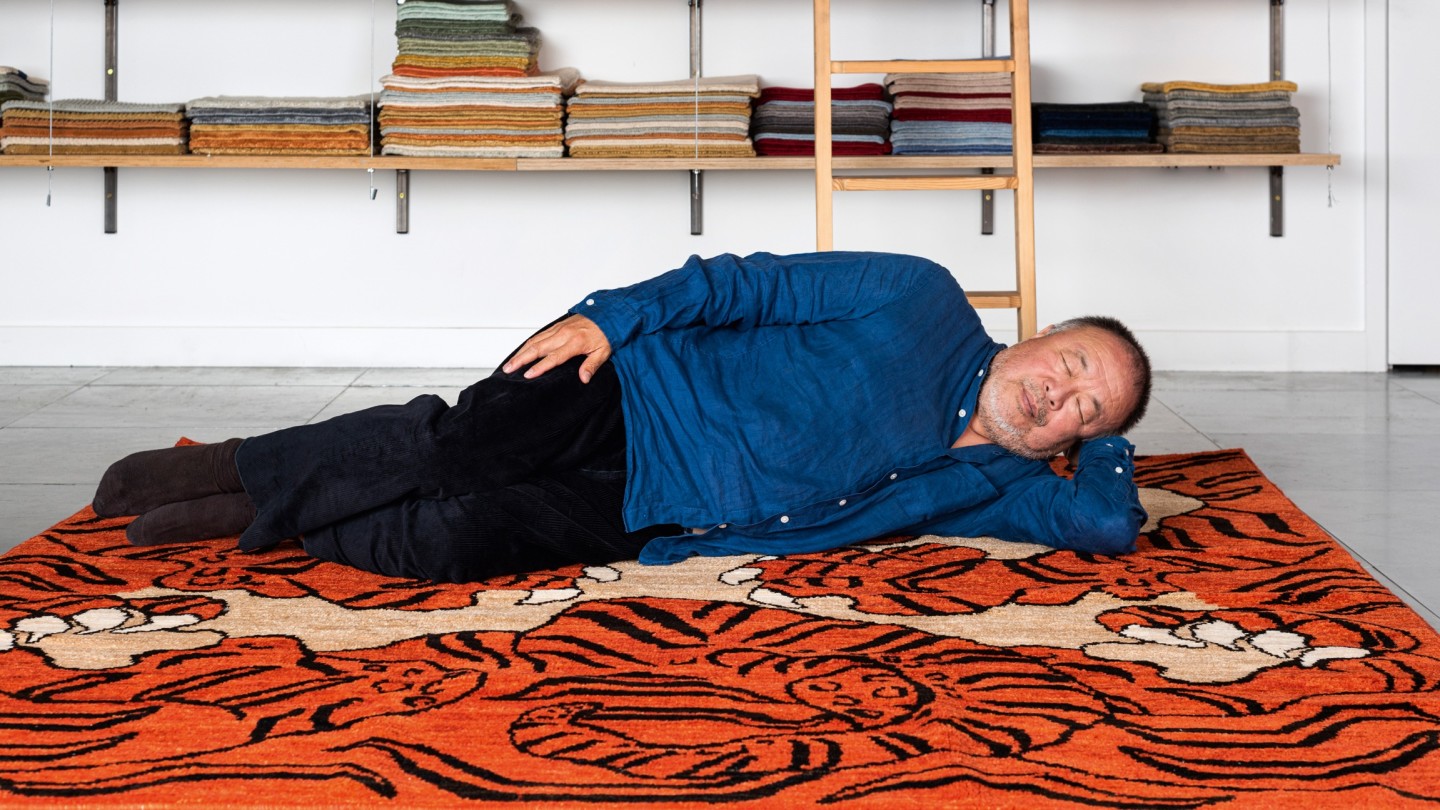
Roula Khalaf, Editor of the FT, selects her favourite stories in this weekly newsletter.
“Is it hugging? Or is it killing?” The big cat depicted on Ai Weiwei’s interpretation of a Tibetan tiger rug is lying on its back, facing up – an inversion of the traditional woven wool design that dates back to the 19th century – its claws ready to engulf whoever stands on it. Ai considers the question. “I don’t want to come with this common motif, just the back showing the stripes… I see a tiger behind the rug. I see more about their pose and their tail and all those things. I think that it is funny and friendly. It’s more like hugging.”
The Chinese artist and activist’s rug will be exhibited at Sotheby’s from 24 to 29 November and sold for £150,000, the finale of a philanthropic project and exhibition, Tomorrow’s Tigers, curated by Artwise. It is part of a last fundraising push for WWF’s Tx2 campaign to double wild tiger numbers by 2022. At the mission’s launch in 2010, tigers were on the brink of extinction; numbers had dropped to 3,200, 95 per cent lower than 100 years before, due to poaching, the illegal tiger trade and habitat destruction. This July, the IUCN Red List released an estimate of 4,500. The latest update is expected next year.
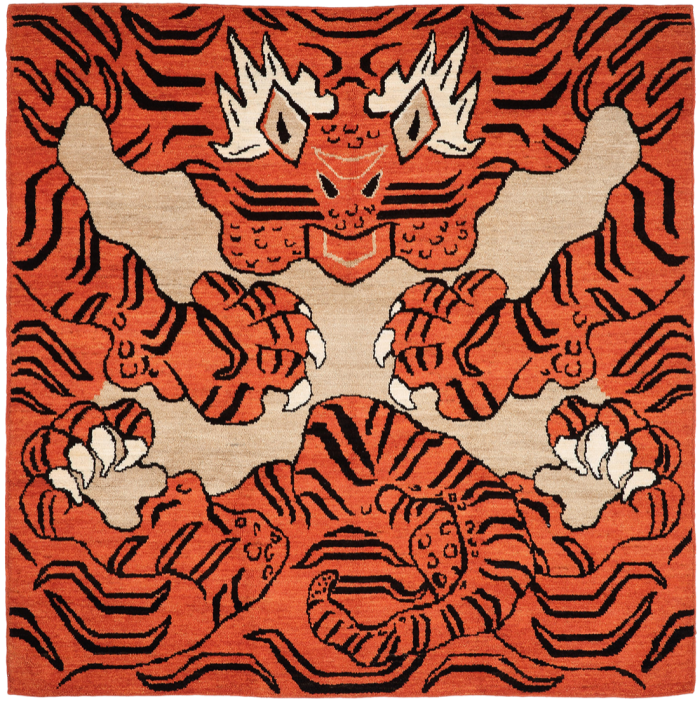
“We’re on the right track… but progress is fragile,” says Becci May, WWF’s senior programme adviser for Asia. “This year is key to getting a renewed commitment from governments to consolidate the successes being seen in places such as Nepal.” (The country has nearly tripled its wild tiger population to 355 individuals since 2009.) “It’s a rare glimmer of hope for biodiversity that one of the world’s most ambitious conservation goals has reversed decades of decline.”
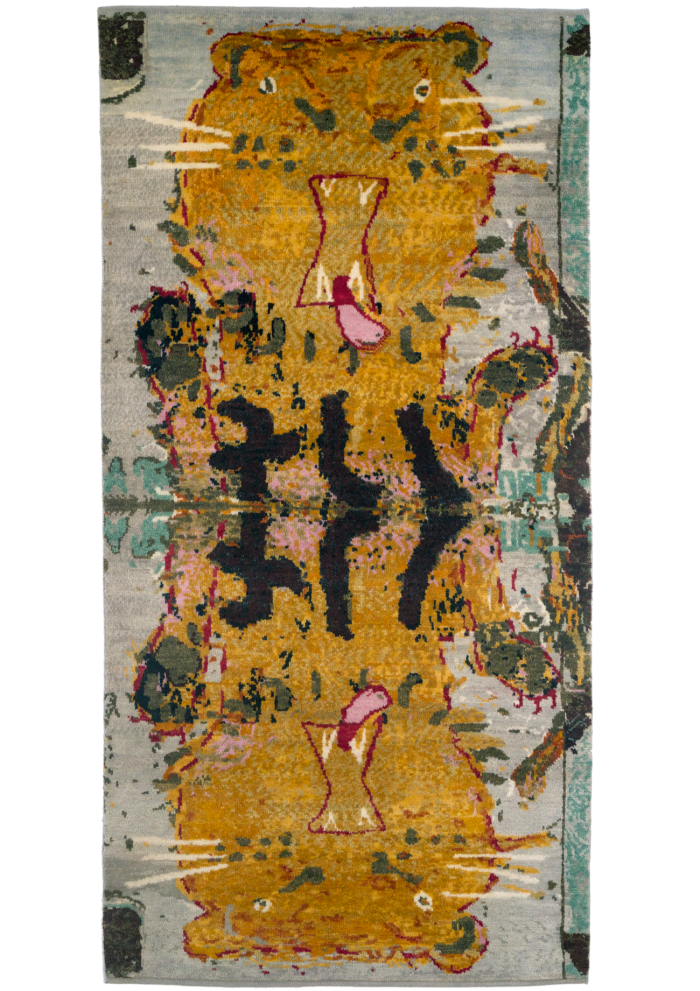
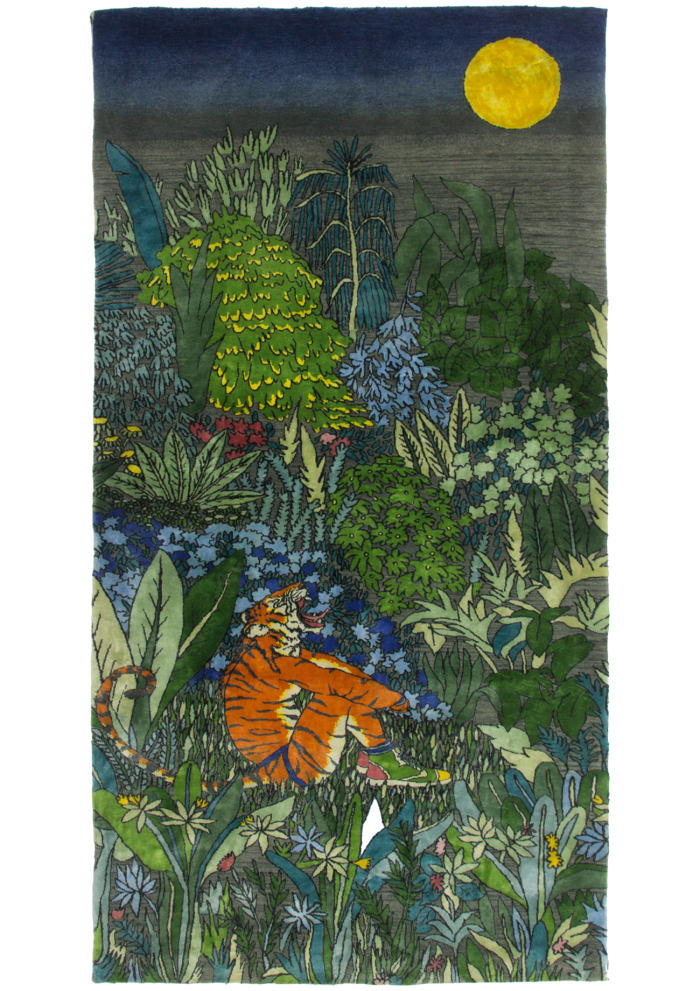
The plight of the tigers is “pitiful”, says Ai. “If you look at human relations with animals, you understand our society is suicidal. We don’t know ourselves by not understanding other species… [We] ask too much, giving too little.” Through the rug design, he says, “I hope to be able to do something for tigers; the meaning of their existence surpasses the scope of our comprehension.”
His design plays on the abstracted patterns of the original Tibetan tiger rugs, fewer than 200 of which remain. They are an enigma, thought to have been created as symbols of protection for monks during meditation. “We loved the idea that we could do a contemporary version to protect the tigers that the Tibetan monks believed were protecting them,” says Laura Culpan of Artwise. In 2019, she and Susie Allen asked 10 artists, including Anish Kapoor, Rose Wylie and Raqib Shaw, to create fundraising tiger rugs; Ai’s is a last hurrah for the project, alongside a new edition of eight by Peter Doig.
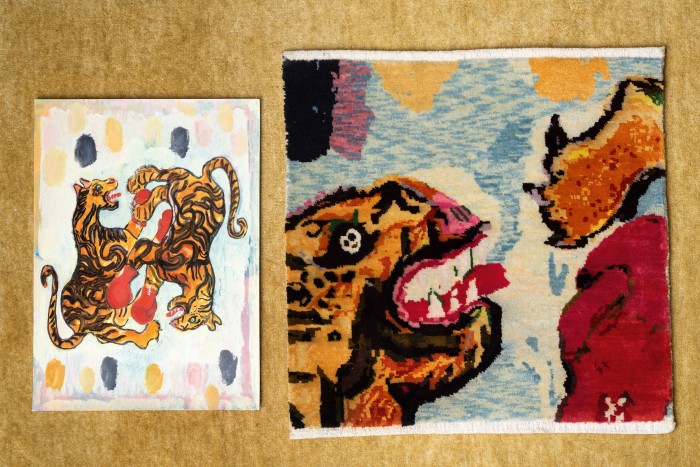
Ai himself collects Tibetan tiger rugs and his own design has “two intentions: first is to carry the tradition. The second is to make it appreciated in the modern way.” To that end, the knotting is coarse, 25 knots per inch, and the colours are natural – undyed white and black sheep’s wool, together with oranges created using a mixture of saffron, yellow larkspur and madder. It’s a restricted palette that, Ai says, reflects his creative process to “say no to too many choices and temptation… to reduce those unnecessary seductions of the so-called free choice”. The rug’s defining difference is its square shape.
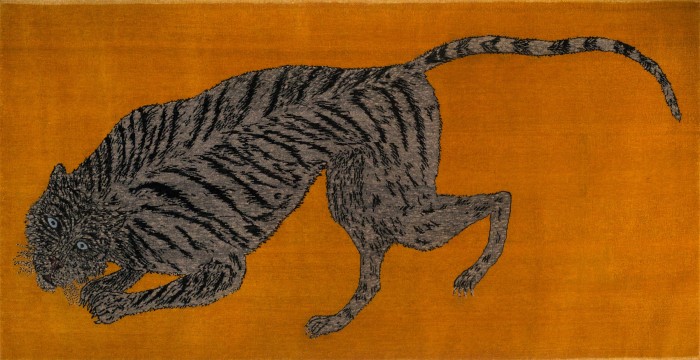
Inspired by this “precision about his view”, Matthew Bourne, co-owner of UK-based rug makers Christopher Farr, commissioned weavers in Afghanistan to make Ai’s rug, arranged through Turquoise Mountain, the NGO co-founded by King Charles and Rory Stewart (now run by Soshanna Stewart, wife of Rory) to preserve the country’s ancient skills and crafts. “You can feel the breeze around the rug maker,” says Ai. “And this different landscape clearly gives the energy.”
But the rug shouldn’t be the focus, he asserts. The focus should remain on the tigers. “Protection of endangered animals is a kind of self-love,” says Ai, “without which we would all be living in a savage land.”
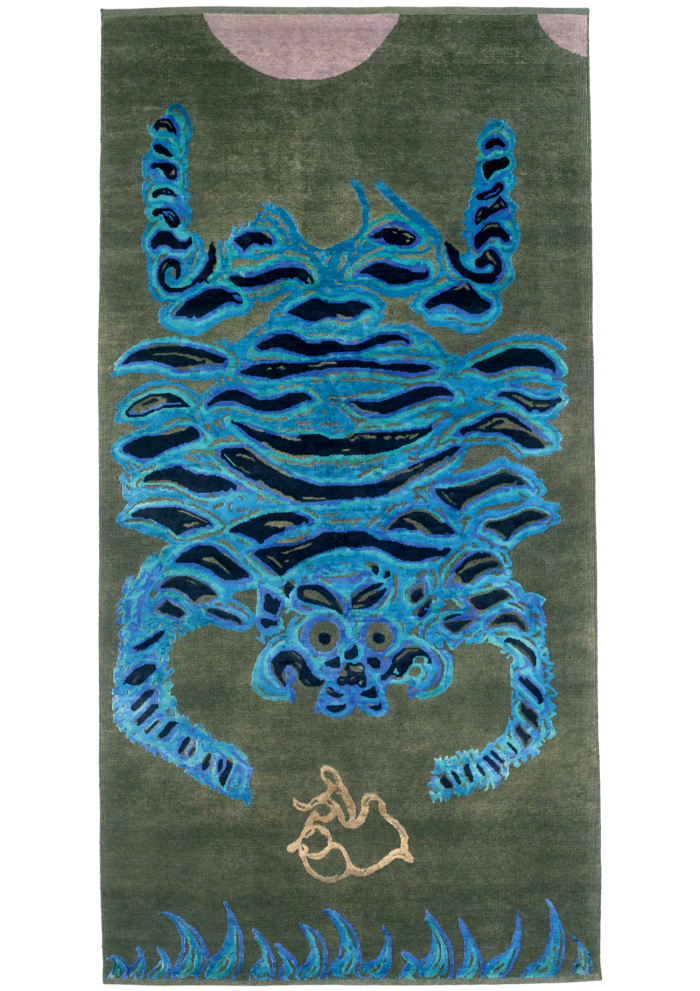
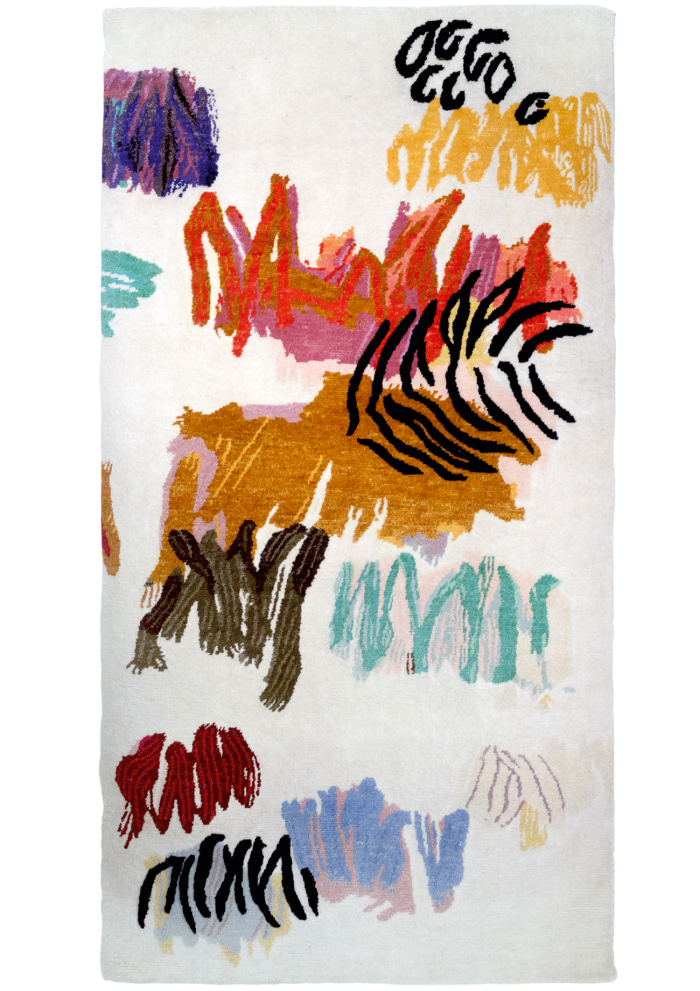
“Tigers are an apex predator; so when numbers decline, it has multiple associated impacts,” says WWF’s May. “By conserving tigers we also conserve some of the world’s richest ecosystems. Forest landscapes protected for tigers store more carbon, on average, than other forests in the region. Tiger habitats overlap nine globally important watersheds, which supply water to as many as 830mn people. They also provide disaster risk reduction against flooding, tidal surge and landslides.” Notably, Pakistan is one of five countries where tigers are believed to have become extinct. It is one of the 15 (including India, Bangladesh, Bhutan, China, Russia) deemed by a new report, Restoring Asia’s Roar, to be part of the potential 1.7mn sq km tiger range recovery area.
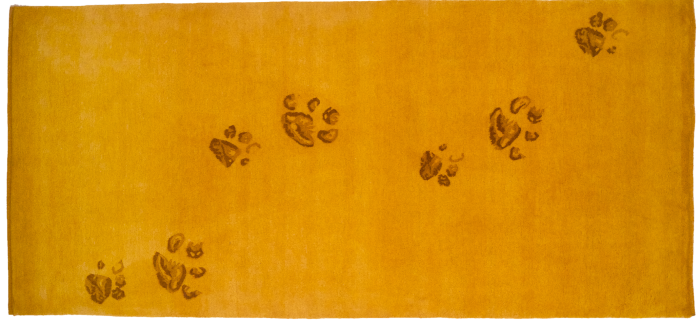
Now The Global Tiger Recovery Programme 2022-2034 is launching. Already, in Nepal’s Terai Arc landscape, a planned railway line is being rerouted to take it outside the Chitwan National Park, home to hundreds of species including tigers; in India, stretches of national highway 44, which passes through Pench Tiger Reserve, have been elevated to ensure wildlife can move freely.
“Of course, the human race also struggles to survive, but the way to survive is not to exploit other species,” says Ai, of the challenges of protecting both vulnerable human communities and animal populations. “It’s just very simple; a child would understand: you have to keep some places untouched.” The message of this project “should get out loud, like tigers”, Ai says, then – quite literally – roars. “The mountain shakes and every animal listens to it.”

Comments